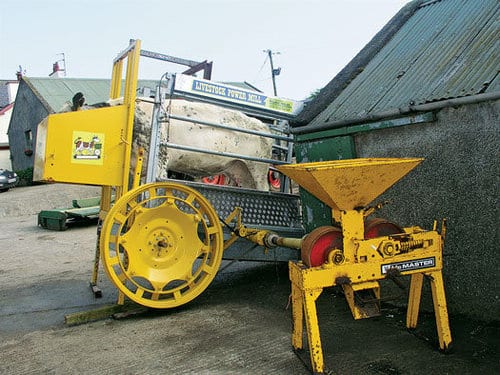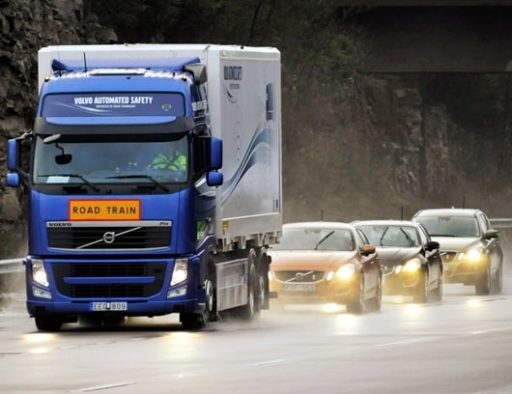Researchers at MIT, using a generous grant from NASA, have come up with a way to revolutionize aircraft design for the 21st century. If adopted, the designs will result in a drastic improvement in aircraft fuel consumption, cutting it by 70%. MIT’s designs — dubbed D series and H series — are part of a $2.1 million research contract from NASA to develop the next generation of subsonic airplanes (separate grants were given to Boeing and Lockheed Martin to design supersonic concepts).
Competing with designs from GE Aviation, Boeing and Northrop Grumman, the object was to create a passenger jet that burns 70 percent less fuel, cuts emissions of nitrogen oxides by 75 percent, takes off from shorter runways, and reduces sound pollution.
MIT’s solution: A “double bubble” architecture that relies on a dual fuselage design — that is, two cylindrical structures placed side by side to make up the fuselage rather than a single tube-and-wing structure (such that a cross section would resemble two soap bubbles fused together). The design allows for a wider, shorter fuselage that should help passenger loading and unloading as well as increase seating capacity.
But the real innovation is in the engine placement. Rather than wing-mounted turbines that scoop up the untouched fast-moving air away from the fuselage, the tail-mounted D series engines suck up the slower-moving air coming off the wake of the fuselage. This Boundary Layer Ingestion (BLI) technique allows less fuel to be burned while generating the same amount of thrust, allowing the D series design to hit the 70 percent fuel reduction goals outlined by NASA.
NASA envisions aggressive designs like the D series taking flight by 2035, when air traffic is expected to double from current levels. To bridge the gap, MIT also mocked up an H series plane based on the same design principles but using current jet technology and conventional aluminums that achieves a 50 percent fuel burn and could serve as an alternative until something like the D series becomes standard.
There are drawbacks to both designs of course. The rear engine layout would increase engine stress, and both planes would travel about 10 percent slower than a 737. But given the fuel savings and reduced runway real estate needed to launch and land the D series, a small concession in flight time sounds pretty reasonable.
Source: Popular Science.




